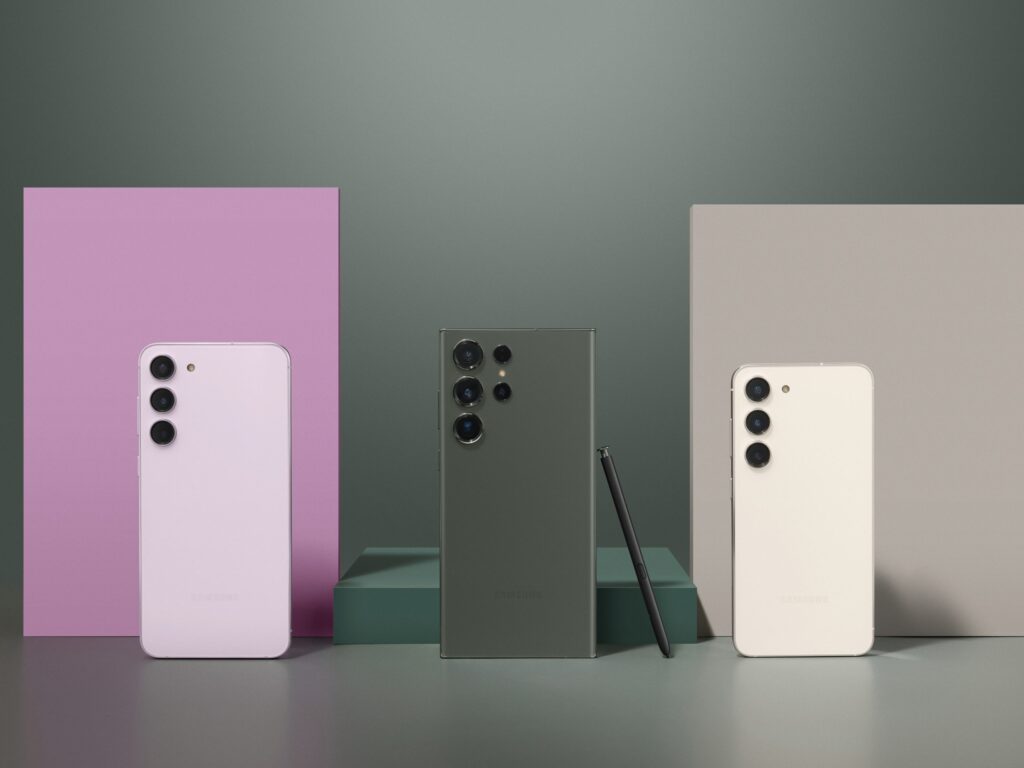Advanced game design techniques can elevate gameplay experiences to the next level by creating engaging, immersive, and enjoyable games for players. Player-centered design emphasizes designing games tailored to players’ needs by researching their motivations and goals. Flow-based design involves creating games that provide a sense of “flow” where players become fully immersed in the game. Dynamic difficulty adjustment personalizes the gaming experience by adjusting the game’s difficulty level based on the player’s skill level. Multiplayer design creates games that allow players to interact and compete with each other in real-time, and procedural generation generates game content dynamically to make each playthrough unique. These techniques can help create a more successful and sustainable game development career.
Raising the Bar: Advanced Game Design Techniques for Next-Level Gameplay
Game design is an art form that requires a unique combination of creativity, technical skills, and a deep understanding of player psychology. While there are many different ways to approach game design, there are some advanced techniques that can take your game to the next level. In this article, we will explore some of the most powerful game design techniques that can help you create games that are more engaging, immersive, and enjoyable for players.
Player-Centered Design
A player-centered design approach focuses on creating games that are tailored to the needs and wants of the player. This means that the game design process is driven by insights into how players think, feel, and behave. To create a player-centered game, designers must begin by understanding the player’s motivations and goals. This involves researching the target audience and conducting user tests to gain a deeper understanding of what players find engaging and enjoyable.
Flow-Based Design
Flow-based design is a game design technique that focuses on creating games that provide a sense of flow – a state in which players are fully immersed in the game and lose track of time. To create flow-based games, designers must carefully balance the challenges and rewards within the game. The challenges should be challenging enough to keep players engaged, but not so difficult that they become frustrating. The rewards should be frequent enough to keep players motivated and engaged, but not so frequent that they lose their sense of accomplishment. Flow-based games are highly immersive and can provide players with a sense of well-being and satisfaction.
Dynamic Difficulty Adjustment
Dynamic difficulty adjustment (DDA) is a game design technique that adjusts the difficulty level of the game based on the player’s skill and performance. DDA can help create a more personalized gaming experience by ensuring that players are always presented with challenges that are appropriate for their level of skill. This can help keep players engaged and motivated, as they are not constantly struggling to keep up with or feeling bored by the game. One of the keys to effective DDA is to ensure that the adjustments are made gradually, so that the player can adjust to the changes in difficulty.
Multiplayer Design
Multiplayer design is a technique that involves creating games that can be played by multiple players at the same time. Multiplayer games can be highly engaging and allow players to interact and compete with each other in real-time. Effective multiplayer design requires a deep understanding of social dynamics and the design of game mechanics that promote collaboration and competition. Multiplayer games must also be designed to accommodate a wide range of skill levels and play styles, to ensure that all players can enjoy the game.
Procedural Generation
Procedural generation is a game design technique that involves using algorithms to generate game content dynamically. This can include everything from levels and environments to weapons and characters. Procedural generation can help create games that are highly replayable, as each playthrough will be different from the last. It can also help reduce development costs, as designers can create a large amount of content with a relatively small amount of effort. However, effective procedural generation requires careful balancing to ensure that the generated content is engaging and enjoyable for players.
Conclusion
Game design is a complex and dynamic field that requires a deep understanding of player psychology, technical skills, and creativity. Advanced game design techniques, such as player-centered design, flow-based design, dynamic difficulty adjustment, multiplayer design, and procedural generation, can take your game to the next level and create an engaging and immersive experience for players. By utilizing these techniques, you can create games that are more enjoyable, challenging, and rewarding for players, and ultimately create a more successful and sustainable game development career.
